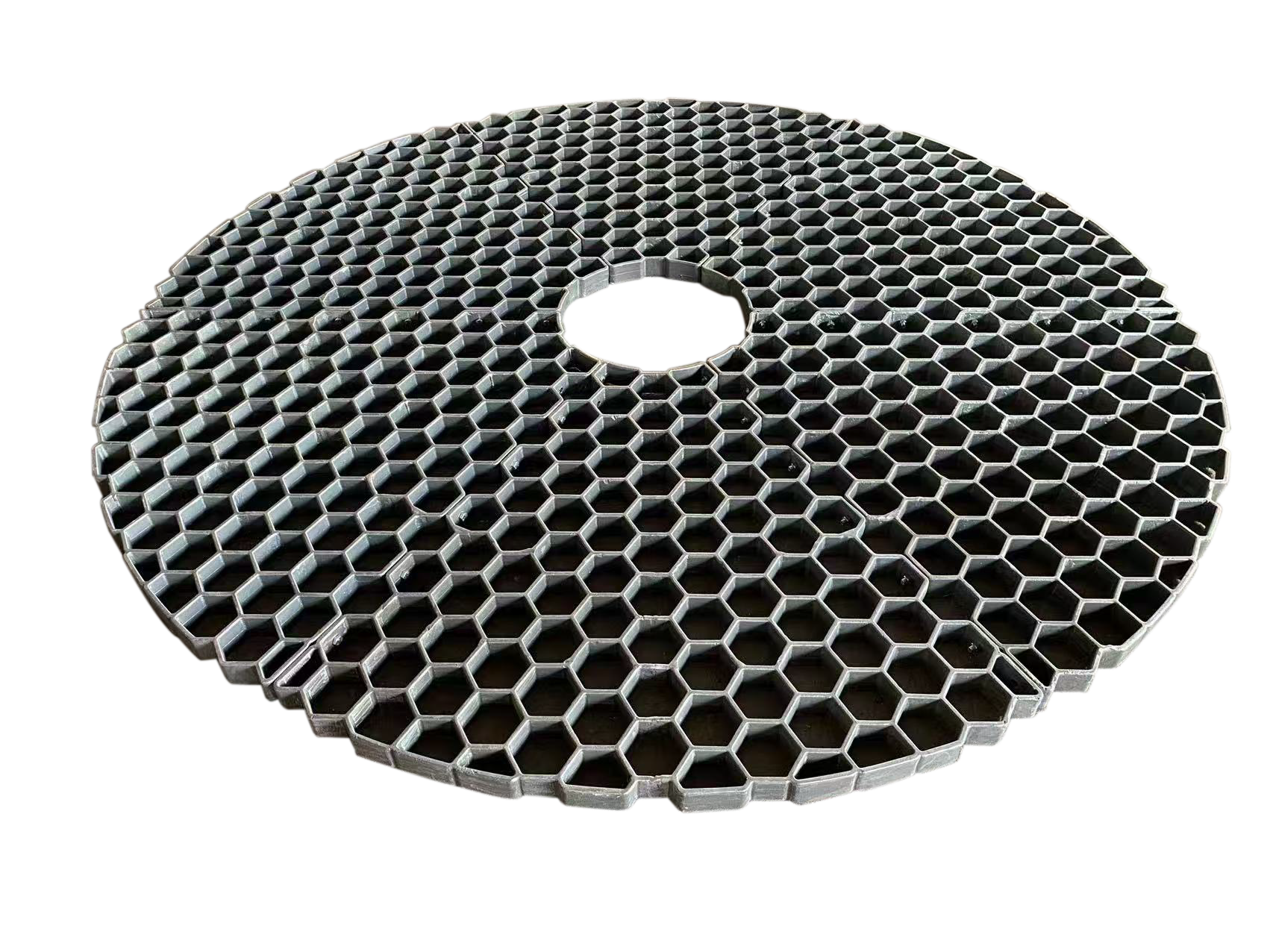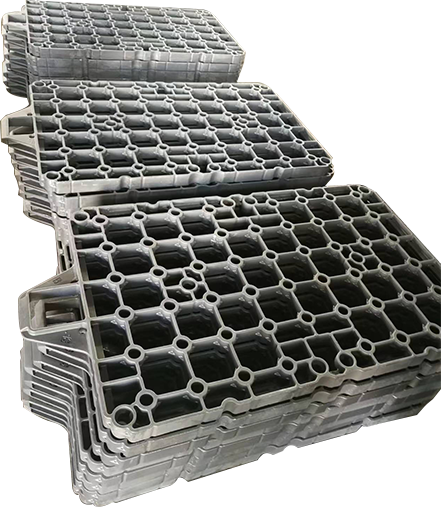investering gietmark
Investeringsgieting, ook bekend as verlore-waskasting, verteenwoordig 'n sofistieke vervaardigingsproses wat die produksie van komplekse metaaldele met uitsonderlike noukeurigheid en oppervlakfinishing moontlik maak. Hierdie veelsydige metode behels die skepping van 'n waspatroon van die gewenste komponent, wat dan met keramiese materiaal oorbedek word om 'n skilvorm te skep. Sodra die was gesmelt en verwyder is, word smeltemetaal in die holte gegooi, wat resulterende in hoogs akkurate metalondele. Die proses excelleer in die vervaardiging van intrikate geometrieë, dunwande en gedetailleerde kenmerke wat moeilik of onmoontlik sal wees om deur konvensionele vervaardigingsmetodes te bereik. Investeringsgieting dien verskeie bedrywe, insluitend lughawe, motor, mediese toerusting en industriële toerustingvervaardiging. Die tegnologie laat toe vir die gebruik van 'n wye reeks metaal en legeringe, van aluminium en staal tot eksotiese materialen soos titanium en superlegers. Moderne investeringsgietingsfasiliteite inkorporeer gevorderde outomatisering, temperatuurbeheersisteme en kwaliteitversekeringsmaatreëls om konsekwente produk-kwaliteit te verseker. Hierdie vervaardigingsbenadering bewys spesiaal waardevol by die produksie van komponente wat komplekse interne pase, presiese afmetings of spesifieke materiaaleienskappe vereis. Die mark ontwikkel voortdurend met tegnologiese vooruitsprotte in 3D-druk vir patroonmaak, outomatiseerde verdopiesisteme en verbeterde prosesbeheermechanismes.

